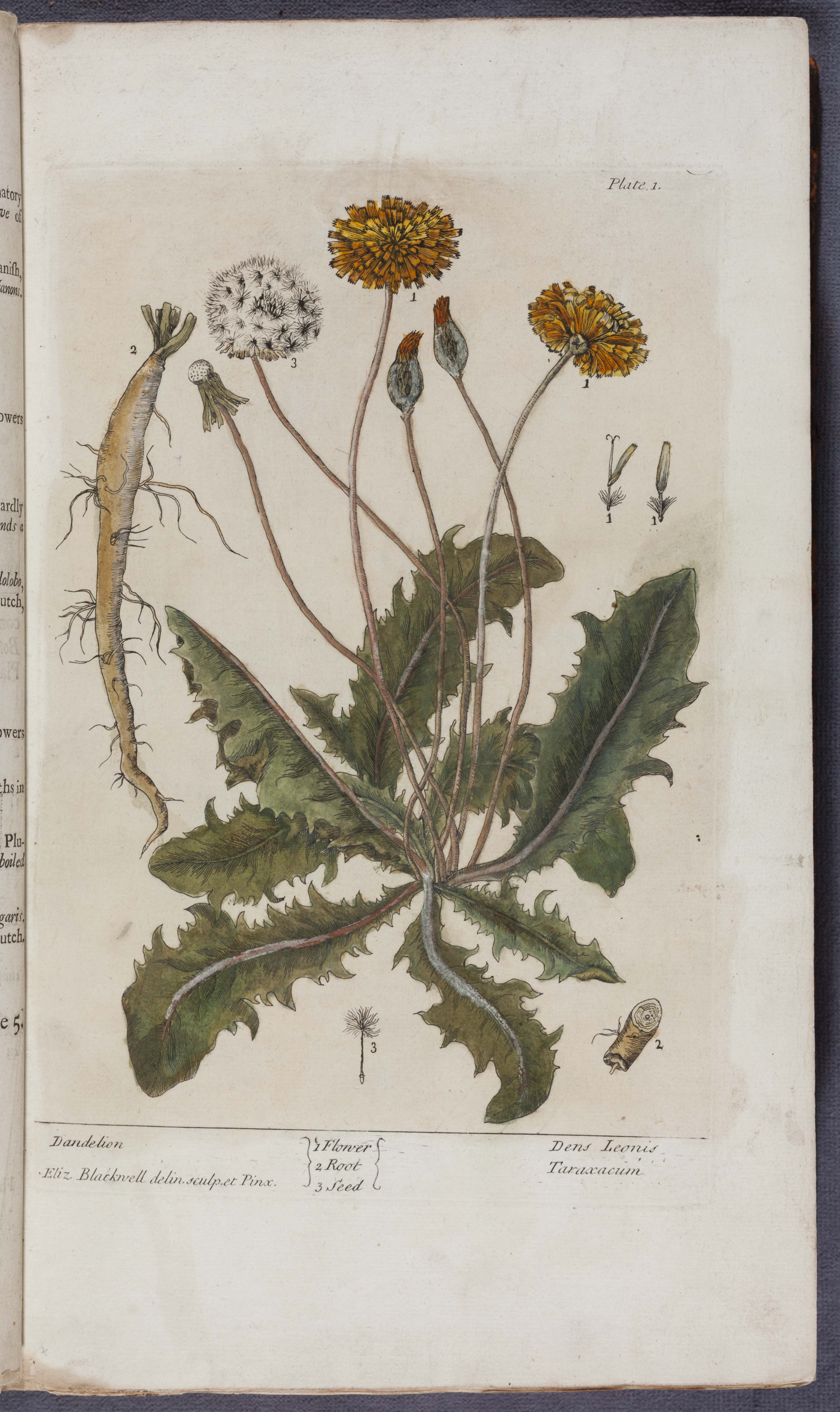Post by curator Renata Nagy, Ph.D. Candidate, History of Art and Renaissance Studies, Yale University
Explore our newest online exhibition: “Natural Interactions in the Book as Art and Making Knowledge”
When readers call up early printed books in libraries, they expect to see clean copies. It is a fair belief, for most rare library collections include books with the least signs of wear, which were often cherished by collectors. In addition, a lot of used books either perished over the centuries or remained in private collections. This falsely gives the impression that books were barely used in the past. Books were widely engaged with in Europe between the sixteenth and eighteenth centuries. This was especially true for books about nature. Readers at the time interacted with their books and created art in them in an attempt to better understand nature and produce knowledge about it.
In Spring 2022, art history Ph.D. candidate and GSAS Professional Experience (GPE) fellow Renata Nagy conducted extensive research into the Library’s holdings. She uncovered books that readers engaged with in relation to their studies about nature. Rich and diverse, the Library’s collection allows for a better understanding of how people thought about natural specimens in the early modern period.
Renata curated and authored the exhibition with the generous help of the Library’s colleagues, particularly the John R. Bumstead Librarian for Medical History and Head of the Library, Melissa Grafe. Featuring over seventy images from fifteen different books from the Medical Historical Library’s collection, the exhibition showcases how elite collectors, interested laymen, artists, and naturalists shaped the book as an active work of art and a site of knowledge production about nature via various reading and learning practices. Illustrations of richly colored flowers, book collections of pasted dried plants, translations of wobbly annotations about the rose root plant, and videos of unfolding the oversized microscopic flea in Robert Hooke’s Micrographia (1665) demonstrate the variety of ways in which users processed information and invented new ones about natural specimens. We invite you to explore “Natural Interactions in the Book as Art and Making Knowledge,” which is a safe platform to browse the often fragile pages of these remarkable materials.


